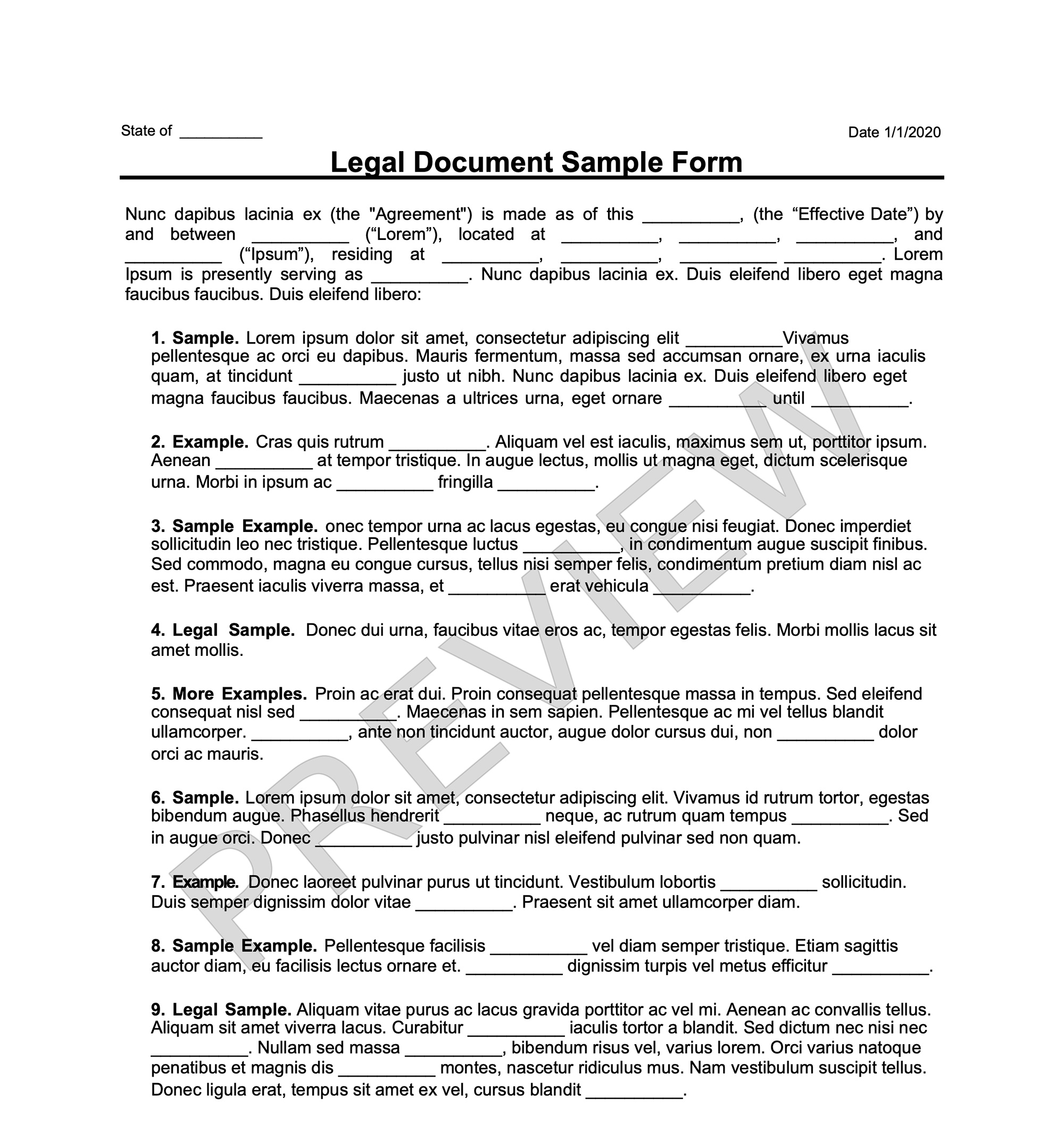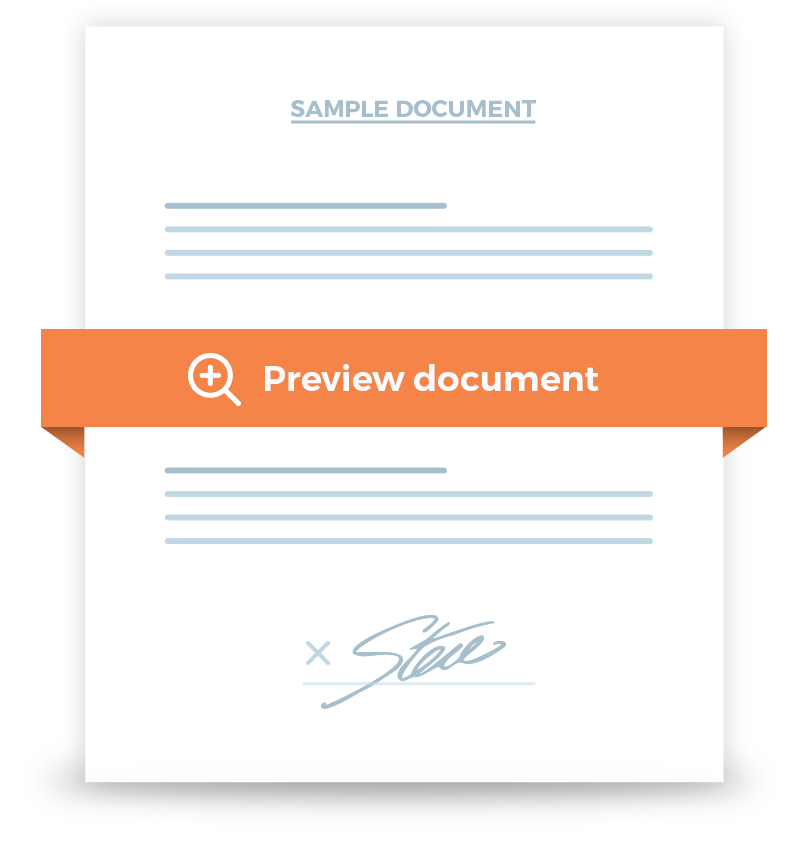Consent to Sublease
Subletting allows a renter to turn around and lease (or more accurately, sublease) a rental property, commercial or residential, in part or in full, to a subtenant. There are a variety of reasons to do this, including getting someone else to pay the rent in the original tenant's absence, a change of mind after signing a lease, or even for profit.
Unfortunately, subletting is often prohibited in the original lease agreement. In this case, a tenant can attempt to request a Consent to Sublease from the landlord.
What Is a Consent to Sublease?
As many residential and commercial lease agreements in the U.S. prohibit subletting, a tenant will have to obtain a Consent to Sublease from the landlord if they want to sublet or sublease part or all of the rental property legally.
The Consent to Sublease will usually contain a disclaimer in which the landlord consents to the original tenant's subletting in exchange for the original tenant being liable for any damage caused by the subtenant.
Other Names for Consent to Sublease
Depending on your state, a Consent to Sublease may also be known as:
- Landlord's Consent to Sublease
- Consent to Subletting
- Sublease Consent Form
- Consent to Sublease Property
Who Needs a Consent to Sublease?
A tenant or a landlord could need a Consent to Sublease if they both agree that subletting should be allowed at a rental property.
Why Use 360 Legal Forms for Your Consent to Sublease?
Customized for you, by you
Create your own documents by answering a few easy-to-understand questions to get exactly what you need out of your Consent to Sublease.
Specific to Your Jurisdiction
Laws vary by location. Each document on 360 Legal Forms is customized for your state.
Fast and easy
All you have to do is fill out a simple questionnaire, print, and sign. No printer? No worries. You and other parties can even sign online.
How to Create a Consent to Sublease With 360 Legal Forms
Your Consent to Sublease should contain all terms the landlord and tenant agree upon in addition to those in the sublease agreement. It also has to stay within the bounds of the rules and regulations of the landlord-tenant relationship for the state and county.
Let 360 Legal Forms help with our extensive library of attorney-vetted legal forms. The process is fast and easy. All you have to do is fill out our easy-to-understand questionnaire. Once complete, simply download your form as a PDF or Word document from your secure online account.
What Information Will I Need to Create My Consent to Sublease?
To create your document, please provide:
- Original Tenant Details: Legal name of the original tenant receiving the Consent to Sublease
- Subtenant Details: Legal name of the subtenant subleasing from the original tenant
- Landlord Details: Legal name and contact information of the landlord
- Dates: Date of the original lease agreement and that of the Consent to Sublease
- Additional Provisions: Any other clauses or provisions
- Signatures: The landlord must sign the consent
Consent to Sublease Terms
- Assignor: The original tenant
- Assignee: The subtenant
- Notice of Eviction: A mandatory notice sent by a landlord to a tenant before a family court will entertain an eviction proceeding
- Governing Law: A clause that specifies the state's law that applies for contract enforcement
- Severability: The quality of a document remaining valid even when some of the parts or provisions are struck out
- Encumbrance: A claim on a property, such as a lien, from someone other than the owner
- Liability: The state of being legally responsible, financially or otherwise
Consent to Sublease Signing Requirements
The landlord is the only person who must sign the Consent to Sublease. Although not mandatory, the tenant and subtenant can also sign it for acknowledgment purposes. Like the lease agreement, it does not require notarization or filing with any government body.
What to Do With Your Consent to Sublease
After you have generated your Consent to Sublease on 360 Legal Forms, download it and print a copy for the landlord to sign. The landlord, tenant, and subtenant should each retain a copy for their own records.





